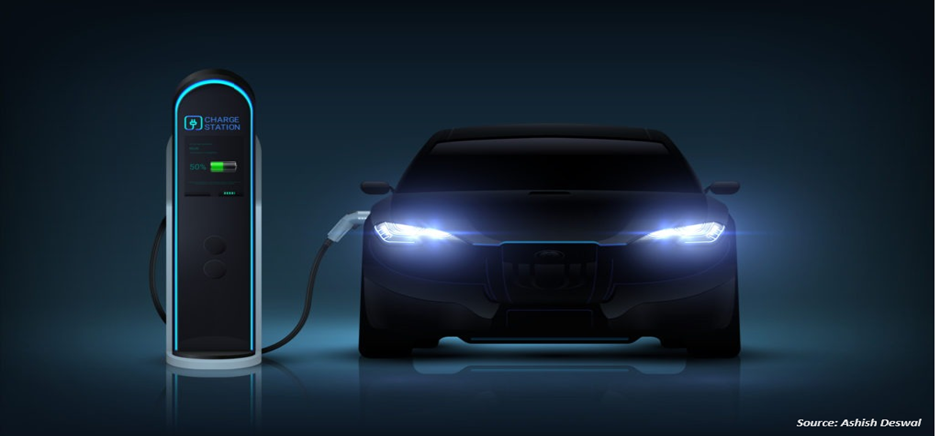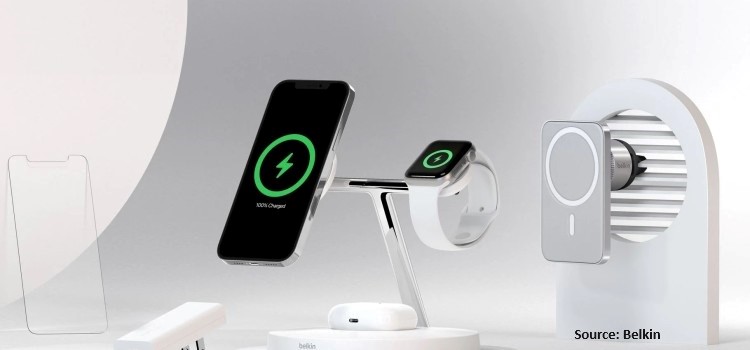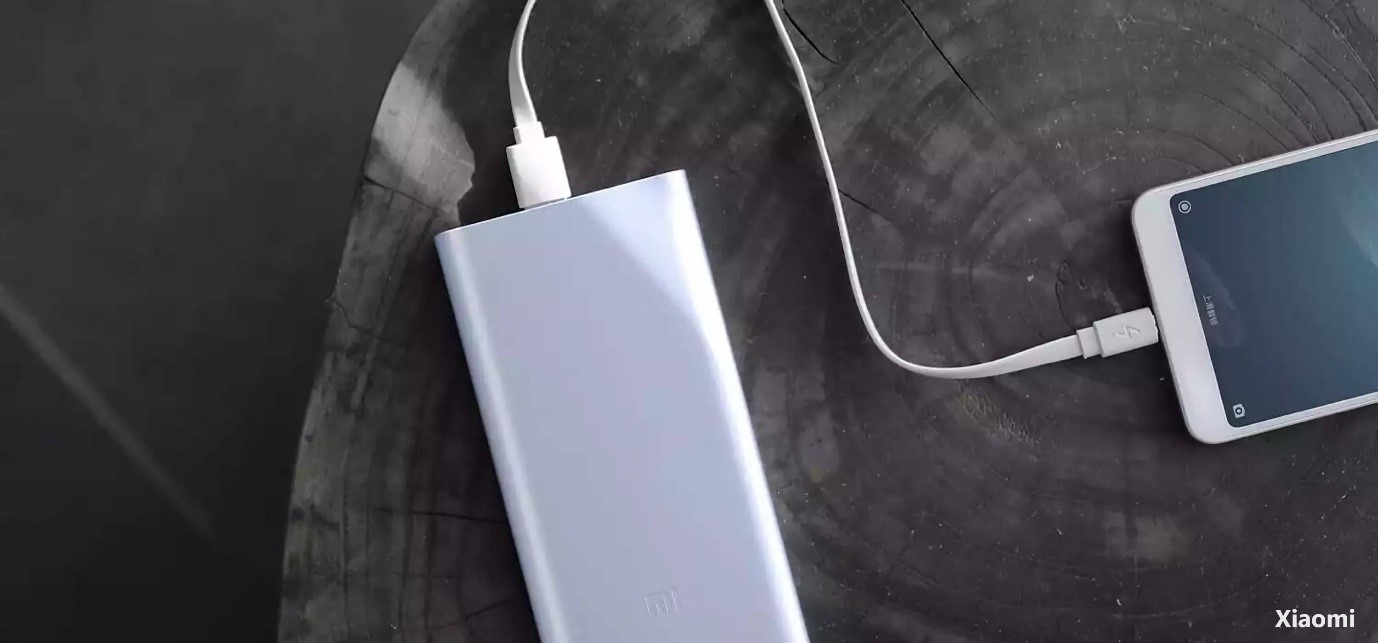
Battery Electric Vehicle Market by Vehicle Type (Battery Electric Passenger Cars, Battery Electric Light Commercial Vehicles, Battery Electric Heavy Goods Vehicles, and Battery Electric Two Wheelers) - Global Opportunity Analysis and Industry Forecast, 2020-2030
Industry: Energy & Power | Publish Date: 30-Aug-2024 | No of Pages: 204 | No. of Tables: 109 | No. of Figures: 64 | Format: PDF | Report Code : EP381
Market Overview:
The global Battery Electric Vehicle Market size is estimated to be USD 49.57 Billion in 2019 and is predicted to reach USD 212.16 Billion by 2030 with a CAGR of 14% from 2020-2030.
Battery Electric Vehicle functions on chemical energy preserved in rechargeable battery packs. It has no secondary source of propulsion. Benefits offered by battery electric vehicles include higher efficiency, lower maintenance cost, and reduced vibrations, supported by the availability of instant torque and power output. Moreover, BEVs do not cause emission or create noise pollution. Industry participants are striving hard to develop batteries with superior technology that enhances its capacity and improve the vehicles’ performance.
Market Dynamics and Trends:
Increasing government focus on the improvement of environmental conditions and introduction of different regulations to support the usage of alternative fuel is expected to boost the market growth. For instance, the administration of California recently announced that they will have around 5 million zero emission vehicles on road by 2030 and around 250,000 electric vehicle charging stations by 2025.
Moreover, rising levels of greenhouse gases and carbon emissions have also encouraged the government to invest in public transport vehicles that can be run using alternative fuel. Such environmental concerns are estimated to drive the battery electric vehicle market growth in the coming years. Further, various other benefits such as no noise and reduced vibrations are also going to support the market growth.
However, high vehicle cost might hamper the market growth. Consequently, development of battery technology to enhance vehicle performance will propel the market growth. For instance, Automobile OEMs including Mercedes and BMW are installing Na/NiCl2 battery that offers advantages such as superior voltage, cycling performance and are unaffected by constant freeze thaw cycles.
Market Segmentations and Scope of the Study:
The global battery electric vehicle (BEV) market share has been analyzed based on vehicle type and geography. Based on vehicle type, the market is segmented into battery electric passenger cars, battery electric light commercial vehicles, battery electric heavy goods vehicles, and battery electric two wheelers. Geographic breakdown and analysis of the previously mentioned segment include regions comprising North America, Europe, Asia-Pacific, and RoW.
Geographical Analysis:
North America is expected to witness significant growth during the forecast period owing to the stringent emission standards and regulations that encourage the adoption of battery electric vehicles. Effective government policies are generating the requirement for electrification of on-road transport vehicles. Europe battery electric vehicles market will foresee considerable growth due to the rise in research & development activities and stringent vehicle emission norms. The rise in inclination towards use of e-bikes for transportation is estimated to accelerate the regional demand.
Asia Pacific is estimated to have the fastest growing battery electric vehicles market owing to the increasing adaptation of zero emission trucks and cars. Strong presence of battery manufacturers in the region coupled with supportive government subsidies and tax incentives are boosting the industry growth. Growing emphasis for reducing the carbon footprint and increasing air quality are providing a positive outlook for battery electric vehicles in this region.
Competitive Landscape:
The global battery electric vehicle (BEV) market is highly competitive and consists of numerous market players. Some of the major market players are BMW Group, General Motors Company, Ford Motor Company, Daimler AG, Hyundai Motor Company, Honda Motor Co., Ltd., Tesla Motors, Inc., Nissan Motor Co., Ltd., Groupe Renault and BYD Company Limited.
There have been various developments taking place in the market that further enhance the growth of battery electric vehicle market on a large scale.
For instance, in October 2020, Mercedes Benz announced launch of six battery electric vehicles (two sedans, two crossovers and two SUVs). Also, in September 2020, Kia Motors declared launch of 7 new battery-powered electric cars by 2027.
Key Benefits:
-
The Battery Electric Vehicle Market report provides quantitative market analysis and estimations through 2020-2030 that assists to determine the predominant market opportunities to exploit.
-
The study comprises intensive analysis of Battery Electric Vehicle Market Trends including current and upcoming trends for interpreting the prevalent investment pockets in the market.
-
The report gives brief information related to key drivers, restraints, opportunities and their impact on Battery industry.
-
The report consolidates a competitive analysis of the market players along with their market share in global Battery Electric Vehicle Market.
-
The study elaborates SWOT analysis and Porters Five Force model for the industry.
-
Value chain analysis in the market study provides a clear picture of the stakeholders’ roles in the global Battery Electric Vehicle Market.
Battery Electric Vehicle Market Key Segments:
By Type
-
Lead Acid
-
Stationary
-
Motive
-
-
Lithium Ion
-
Lithium Nickel Manganese Cobalt (LI-NMC)
-
Lithium Iron Phosphate (LFP)
-
Lithium Cobalt Oxide (LCO)
-
Lithium Titanate Oxide (LTO)
-
Lithium Manganese Oxide (LMO)
-
Lithium Nickel Cobalt Aluminum Oxide (NCA)
-
-
Nickel Metal Hydride
-
Nickle Cadminium
-
Others
By Application
-
Residential
-
Industrial
-
Manufacturing & Construction
-
Automotive
-
Medical
-
Telecom & IT
-
Consumer Electronics
-
Power & Utility
-
Aerospace
-
Marine
-
Others
-
-
Commercial
By Power Systems
-
Fuel Cell Batteries
-
Proton-Exchange Membrane Fuel Cells
-
Alkaline Fuel Cells
-
Phosphoric Acid Fuel Cells
-
Solid Oxide Fuel Cells
-
Air Cells
-
Flywheel Energy/Storage
-
Nuclear Batteries
By Region
-
North America
-
US
-
Canada
-
Mexico
-
Brazil
-
-
Europe
-
Germany
-
UK
-
France
-
Norway
-
Sweden
-
Denmark
-
Netherlands
-
Belgium
-
Finland
-
Rest of Europe
-
-
Asia Pacific APAC
-
China
-
Japan
-
India
-
South Korea
-
Rest of APAC
-
-
Rest of the world
-
Middle East
-
Africa
-
Remaining Countries
-
REPORT SCOPE AND SEGMENTATION:
|
Parameters |
Details |
|
Analysis Period |
2019–2030 |
|
Base Year Considered |
2020 |
|
Forecast Period |
2020–2030 |
|
Market Size Estimation |
Billion (USD) |
|
Market Segmentation |
By Vehicle Type (Passenger Cars, Light Commercial Vehicles, Heavy Commercial Goods Vehicles and Two Wheelers) |
|
Geographical Segmentation |
North America (U.S., Canada, Mexico, Brazil, Rest of America), Europe (UK, Germany, France, Norway, Sweden, Rest of Europe), Asia-Pacific (China, Japan, South Korea, India, Rest of APAC), Rest of the World (Middle East, Africa, Remaining Countries) |
|
Companies Profiled |
BMW Group, General Motors Company, Ford Motor Company, Daimler AG, Hyundai Motor Company, Honda Motor Co., Ltd., Tesla Motors, Inc., Nissan Motor Co., Ltd., Groupe Renault and BYD Company Limited. |
Key Players:
-
BMW Group
-
General Motors Company
-
Ford Motor Company
-
Daimler AG
-
Hyundai Motor Company
-
Honda Motor Co., Ltd.
-
Tesla Motors, Inc.
-
Nissan Motor Co., Ltd.
-
Groupe Renault
-
BYD Company Limited




 Speak to Our Analyst
Speak to Our Analyst

































